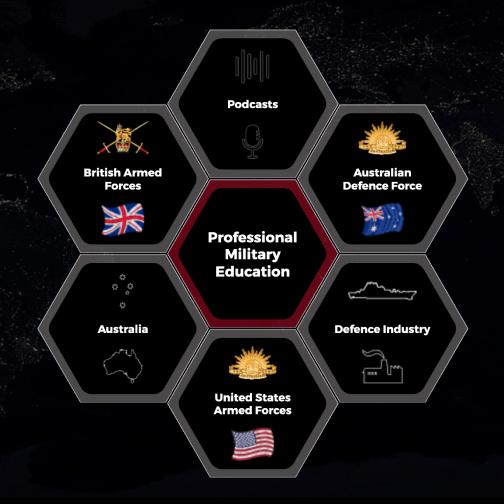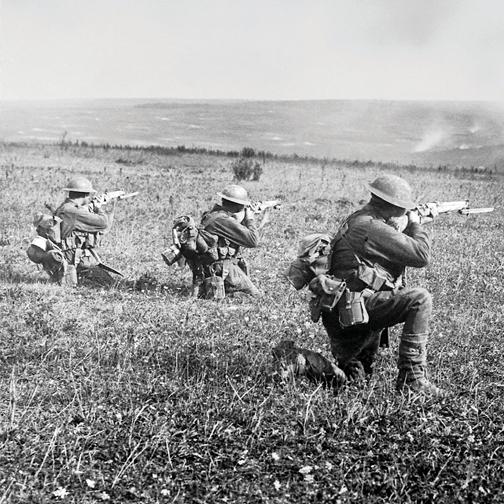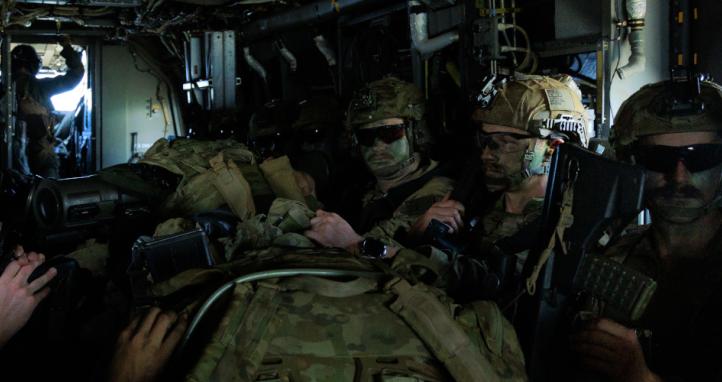In Defence, training governance is sometimes dismissed as red tape – the forms, signatures, and audit trails that seem to get in the way of ‘real training.’ Yet governance is much more than administration. It is the framework that ensures our people are truly competent, that qualifications carry weight, and that commanders can trust the readiness of their teams. Civilian industries enforce governance through compliance frameworks and accreditation audits. Defence must go further, because our training outputs are not just employees, but individuals expected to operate in complex, high-risk environments.
The Purpose of Training Governance
At its heart, governance is about assurance. It ensures that training is consistent no matter where it is delivered, that assessments are valid and defensible, and that qualifications represent genuine capability rather than a tick in a box. Governance creates a chain of accountability that protects learners, instructors, and ultimately the organisation. Without it, standards drift. A qualification becomes dependent on the instructor’s interpretation rather than the system’s intent, and confidence in training outcomes is eroded.
Learning from External Systems
The civilian sector provides useful points of comparison. Registered Training Organisations in Australia must meet strict standards set by the Australian Skills Quality Authority. They undergo regular audits, where any inconsistency or failure to demonstrate compliance can result in sanctions or deregistration. Universities operate under the oversight of the Tertiary Education Quality and Standards Agency, ensuring degrees are nationally and internationally recognised. Professions such as aviation and medicine impose governance so rigorous that even minor breaches can result in suspension of licence or practice rights.
These systems exist to safeguard learners and protect the public. They ensure that qualifications mean what they say they mean. If industry requires this level of assurance for workplace safety and professional credibility, Defence, with its unique risks and responsibilities, can’t afford to accept less. The requirement is not confined to training institutions alone. Units delivering continuation training, commanders conducting workplace assessments, and Army-wide professional military education programs also demand the same governance discipline, because the outcomes of those activities are no less consequential.
Risks When Governance Fails
Weak or inconsistent governance is not an abstract risk. It creates real vulnerabilities. If an assessment is not properly documented, how can a commander be sure that a soldier is ready for the task ahead? If lesson content diverges from doctrine without oversight, how can we guarantee that the standard achieved is the same across different units? If training records are incomplete or inaccurate, what happens when an incident occurs and scrutiny falls on the system that certified an individual as competent?
In civilian training, lapses in governance might result in reputational damage, legal liability, or the loss of accreditation. In Defence, they can translate to operational risk and compromised mission success. This is why governance must move beyond theory and be visible in practice. Instructors need observation and mentoring to keep delivery aligned with doctrine. Courseware must be regularly reviewed and updated. Training packages should be validated before implementation, and feedback from supported formations must be used to refine content. These are not abstract ideals – they are practical demonstrations of governance in action, making the difference between a system that aspires to credibility and one that delivers it.
Strengthening Governance in Defence
Improving governance does not mean drowning instructors in paperwork. It means making frameworks clear, assessments transparent, and record-keeping reliable. Doctrine must anchor course design, ensuring training directly supports operational needs. Assessments must be applied consistently, with evidence that can withstand scrutiny. Governance should evolve through continuous review, not remain static. And most importantly, instructors must understand governance as part of their professional responsibility, not an administrative burden.
Ultimately, governance cannot be limited to policy documents or audits. It must become part of the training culture. Instructors and assessors need to see it not as extra work, but as a safeguard for their credibility and their learners’ success. When governance is embedded as culture, standards are protected even when oversight is minimal.
Conclusion
Civilian sectors enforce governance to protect qualifications, reputations, and industries. Defence must treat governance with even greater seriousness, because the cost of failure is operational effectiveness and, at times, lives. Training governance is not bureaucracy for its own sake. It is the system that guarantees competence, trust, and capability. For Defence, it is the standard we cannot afford to lower.









